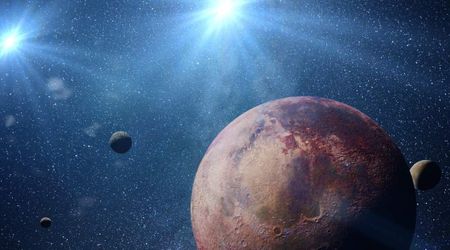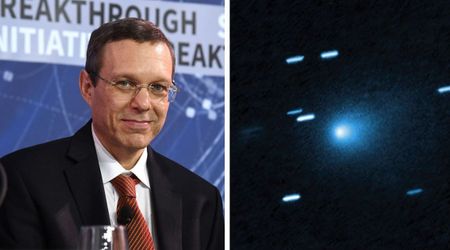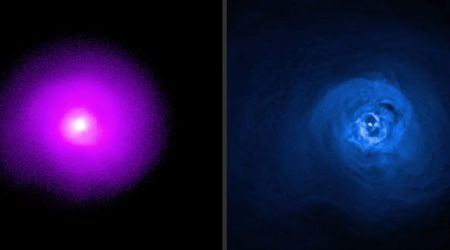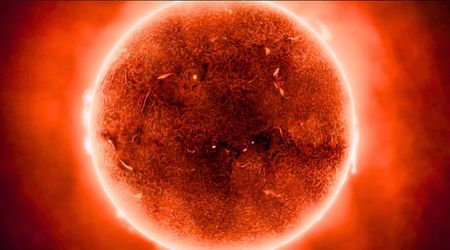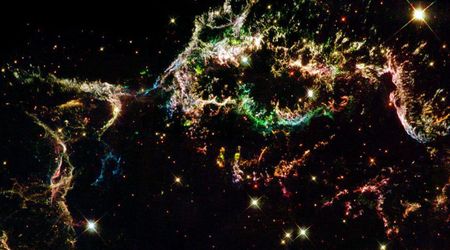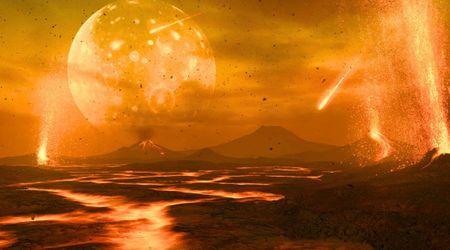NASA revives Voyager 1's backup thrusters as it continues its interstellar journey begun in 1977

NASA engineers revived a set of thrusters on the Voyager 1 spacecraft to function as backup thrusters. The Earth-based antenna that sends commands to Voyager 1 and Voyager 2 will undergo upgrades, during which there will be a communication pause, according to NASA. The thrusters being fixed were a by-product of the antenna going offline, so that the probe could stay intact until communication was reestablished. The thrusters had a residual buildup in the fuel tubes, which would have failed at the exact moment of communication loss, prompting a fix.

Reviving the thrusters needed creativity and risk, but the mission had to ensure the functional state of the long-dormant thrusters by May 4, 2025. The Voyagers, launched in 1977, were flying through space with the aid of a set of primary thrusters that slowly pivot them up and down as well as to the right and left. This is done to keep the antennas pointed at Earth to send back data and receive commands. The primary set has other thrusters that control the roll motion of the spacecraft. This rotates the antenna to keep each Voyager pointed at a guide star to orient itself.

Both Voyager 1 and 2 have a primary and backup set of thrusters for these roll movements, as per CNN. When the thrusters fire, however, small quantities of propellant residue build up inside over time. In fixing it, engineers managed to avoid clogging by commanding Voyager 1 to rotate between its original and backup thrusters to orient. This also applied to a set of thrusters that were used to change the trajectory of the spacecraft during planetary flybys in the 1980s. Voyager 1 also relied on its backup roll thrusters to maintain position, pointing at a guide star.

This was because the original thrusters had stopped working more than twenty years ago, when two internal heaters lost power. “I think at that time, the team was OK with accepting that the primary roll thrusters didn’t work, because they had a perfectly good backup,” stated Kareem Badaruddin, Voyager mission manager at NASA’s Jet Propulsion Laboratory in Pasadena, California. Voyager 1 engineers worried that the clogging from the residue could cause the backup roll thrusters of the spacecraft to stop working, and much sooner than anticipated.

Their revival process attempted to bring back the long-defunct primary roll thrusters, according to Phys Org. The team reexamined the 2004 thruster failure and suspected a disturbance in the control circuits. This controlled the heaters' power supply, and it was likely that a switch was flipped incorrectly. If the switch could be turned back to its original position, the heaters might work again, and they could reactivate the primary roll thrusters. This involved the risky methods of trying to turn on the dormant roll thrusters, then proceeding to fix and restart the heaters.
The @NASAVoyager spacecraft are in a planned communications pause as the antenna that commands them is undergoing upgrades.
— NASA JPL (@NASAJPL) May 14, 2025
In advance, the team found a fix for thrusters on Voyager 1 that have been inoperable for more than 2 decades! https://t.co/PFRNyEfyAn pic.twitter.com/bIhOmU8Hgs
If, during the correction, the star tracker of the spacecraft drifted away from the guide star, the long-dormant thrusters would fire automatically. If the heaters were still turned off during the fire, a small explosion would be triggered, and so the team had to be precise with the star tracker. The team faced immense time pressure, but the commands were fed, and within 20 minutes of communication, the revival was a success. “It was such a glorious moment. Team morale was very high that day,” added Todd Barber, the mission’s propulsion lead at JPL.
